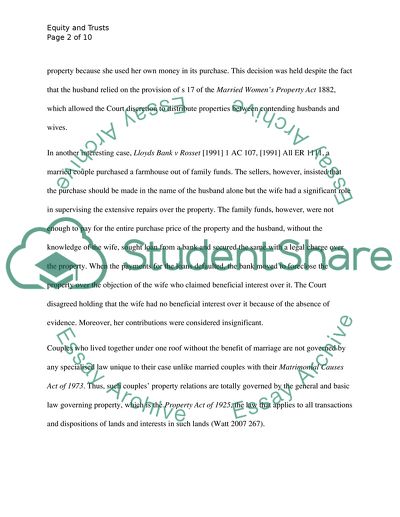Cite this document
(Properties as Required by the Property Act Case Study, n.d.)
Properties as Required by the Property Act Case Study. Retrieved from https://studentshare.org/law/1569268-equity-and-trusts
Properties as Required by the Property Act Case Study. Retrieved from https://studentshare.org/law/1569268-equity-and-trusts
(Properties As Required by the Property Act Case Study)
Properties As Required by the Property Act Case Study. https://studentshare.org/law/1569268-equity-and-trusts.
Properties As Required by the Property Act Case Study. https://studentshare.org/law/1569268-equity-and-trusts.
“Properties As Required by the Property Act Case Study”. https://studentshare.org/law/1569268-equity-and-trusts.


